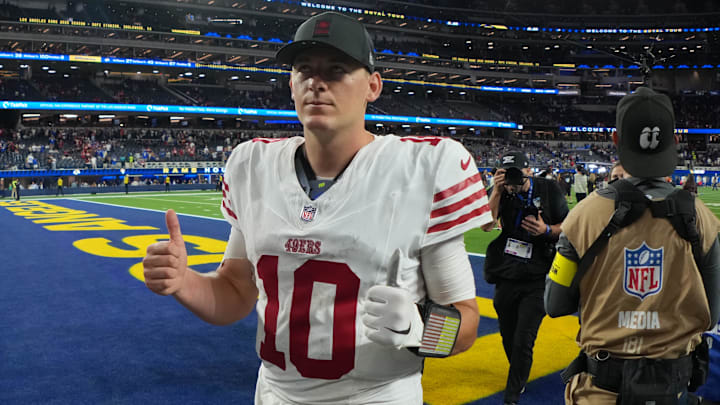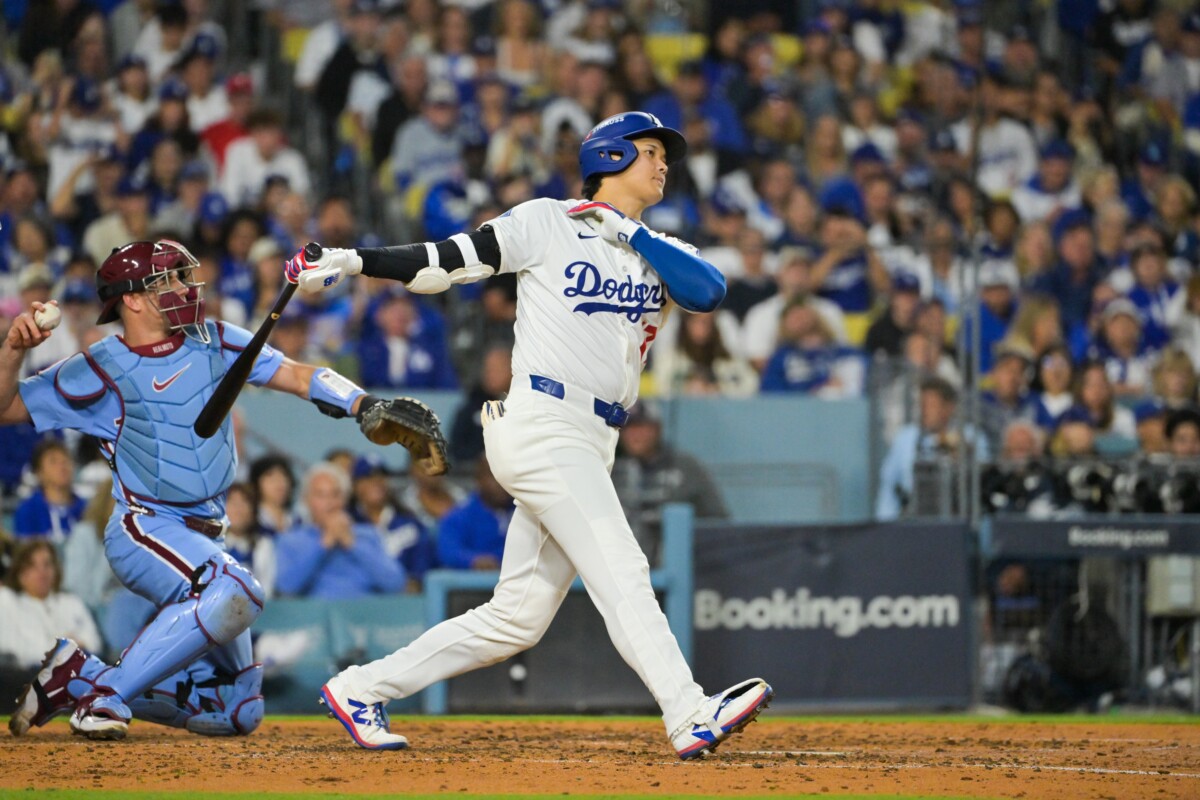Mavericks have no hope if Anthony Davis can't capitalize on his controversial wish
When the Dallas Mavericks made the Luka Doncic-Anthony Davis trade on February 1, it was clear the Mavericks were emphasizing their frontcourt prowess and size on defense, and getting No. 1 overall pick Cooper Flagg only added to the surplus of defensive talent in Dallas' frontcourt.
With Dallas already having two starting-caliber centers in Dereck Lively II and Daniel Gafford, it's been clear since Davis' arrival that Davis would be playing power forward more often than not, even if that was slightly derailed last season due to all of Dallas' injuries. Davis will almost certainly start at the four for Dallas this season, though, but he'll need to be a fairly efficient jump-shooter for this recipe to ultimately work.
Lively II has claimed he'll start taking some open corner looks from outside or in trail scenarios, but he's far from a proven 3-point shooter up to this point in his career, which creates a bit of a spacing mess for Dallas' offense if they are starting Davis and Lively II together, especially if Davis is having a game where he's also struggling to convert on his jump-shots.
Davis must shoot decently for Dallas to keep playing double-big
Dallas just needs one of Lively II, Davis, or Gafford to be a formidable enough threat from outside that they can draw opposing bigs and wings away from the rim a little bit more, as Dallas' offense could get very clunky and predictable if they are unable to capitalize on this proposition. With Lively II and Gafford projecting to be non-threats from outside for the most part this season, Davis will bear a lot of this responsibility despite having a career average of 29.6 percent from outside.
Spacing the floor doesn't just mean Davis being somewhat of a threat from outside, but he'll need to convert on a decent amount of his face-up midrange opportunities as well, as his efficiency from the midrange has notoriously been tied to how efficient he typically is on a given night.
If Davis struggles from the midrange and outside early on into next season, head coach Jason Kidd could quickly be forced to have to start Davis at the five, which would be a tough pill to swallow considering how much of Dallas' identity and payroll are tied into mauling opposing offenses with their double-big lineups.
If this scenario presented itself, it would likely have greater ripple effects, such as Dallas seeking to move Gafford in a trade before next year's deadline, as it'd be malpractice to be paying three starting caliber centers a quality percentage of the cap, but only starting two of them.
It's not like Mavericks fans should expect Davis to come in shooting north of 35 percent from outside next season or that the season will be totally trashed if he isn't able to, but he needs to creep over 30 percent from outside and be a touch more efficient in the midrange area compared to the brief stretch he played with Dallas last season, as the implications from him not doing this are something both Davis and the Mavericks won't want to have to deal with.
The Last of Us Season 2 Ending, Explained
:max_bytes(150000):strip_icc():focal(749x0:751x2)/bella-ramsey-the-last-of-us-season-2-052225-10fff69d674447899b9164584e1c655c.jpg)
The Last of Us Season 2 has come to an end, but it's only just one side of the story. Following a rather tremendous work of television in Episode 6
:max_bytes(150000):strip_icc():focal(749x0:751x2)/bella-ramsey-the-last-of-us-season-2-052225-10fff69d674447899b9164584e1c655c.jpg)
The entirety of Season 2 has been leading up to a showdown between Ellie and Abby after the latter killed Joel so viciously that it scarred Ellie emotionally and physically. In showing her journey in Seattle to hunt down Abby,
Ellie Shows Her Worst Colors to Jesse
Dina isn't the only one who's seeing more of who Ellie is. Now that Jesse's in Seattle, he takes the leadership role to find Tommy and get out before anyone dies, including the mother of his child. Ellie and Jesse have never seen eye to eye, and even in a moment where Jesse tells a vulnerable story about a woman he fell in love with, they go right back to square one of the usual competition of self-importance. Things come to a head when they reach a fork in the path. Jesse wants to save Tommy, and Ellie wants to chase after Abby.
The WLF and Seraphites Prepare for a Final Fight
While this is going on, the WLF prepares to infiltrate the Seraphites in what they hope is the final act of the war.
Seattle Day 3 Ends With a Tragedy

Abby does, however, show up in the Season 2 finale after being absent since Episode 2. Jesse and Tommy find Ellie at the aquarium and return to the theater, where the three discuss the path home as Dina rests from her injury. Tommy tries to reassure a guilt-ridden Ellie that Mel and Owen willingly went along with Abby to kill Joel, and their fates were decided a long time ago. But it's not enough for Ellie. Abby is still alive. Ellie says she'll have to make peace with it, but she's not happy about it.
As luck would have it, Abby shows up at the theater. It's convenient timing for Ellie, but not so much for Jesse. Ellie and Jesse race toward the lobby when they hear a commotion, yet as soon as they open the door, Abby shoots Jesse in the face.
The Last of Us Goes Back in Time for Season 3
In the final scene, Manny wakes Abby up in a library to tell her they need to meet with Isaac. She leaves the room to reveal the WLF's main base: a flourishing stadium transformed into a community. The text on the screen reads, "Seattle Day 1" as she ponders from a balcony.






